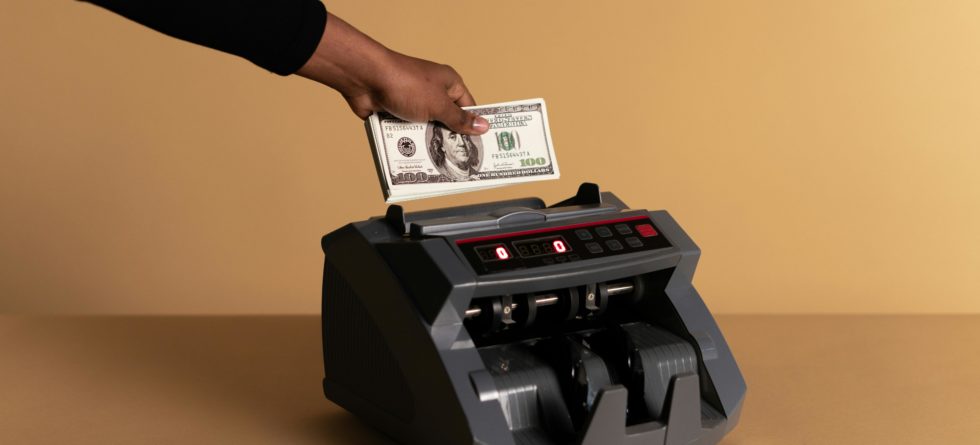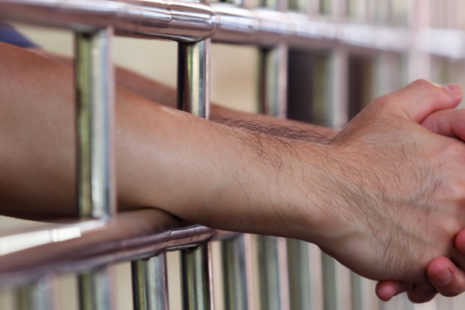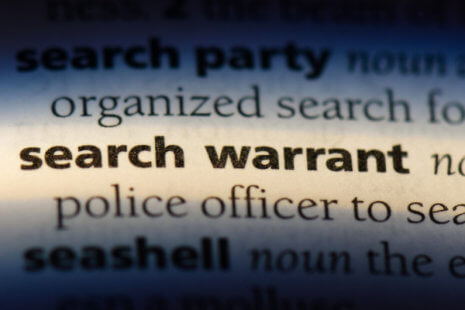In Kansas, bail functions similarly to how it works in many other jurisdictions in the United States. When a person is arrested and charged with a crime, they may be offered bail, which is a sum of money set by the court that the defendant must pay to be released from custody while awaiting trial. Bail serves as a form of security to ensure that the defendant will appear in court for all required hearings and proceedings.
Here’s how the bail process typically works in Kansas…
1. Arrest – When someone is arrested in Kansas, they are taken into custody by law enforcement and brought to a police station or jail for booking.
2. Initial Appearance – The defendant is brought before a judge for an initial appearance, usually within 48 hours of their arrest. At this hearing, the judge informs the defendant of the charges against them and may set bail.
3. Bail Determination – The judge considers various factors when determining the amount of bail, including the seriousness of the offense, the defendant’s criminal history, ties to the community, and flight risk. The judge may also consider input from the prosecution and defense attorneys.
4. Payment of Bail – If bail is granted, the defendant or someone on their behalf must pay the bail amount set by the court. Bail can be paid in cash, cashier’s check, or through a bail bond company.
5. Release – Once bail is paid, the defendant is released from custody. They must comply with any conditions set by the court, such as attending all required court appearances, avoiding contact with certain individuals, or refraining from committing further crimes.
6. Court Proceedings – The defendant is expected to appear in court for all scheduled hearings and proceedings related to their case. Failure to appear can result in the forfeiture of bail and additional legal consequences.
7. Conclusion of Case – Once the case is resolved, whether through acquittal, conviction, or other means, the bail is typically returned to the defendant, minus any court fees or fines. If the defendant fails to appear in court, the bail may be forfeited, and a warrant may be issued for the arrest.
It’s vital to know that the bail process can vary depending on the specific circumstances of the case and the discretion of the judge. Defendants who are unable to afford bail may request a bail reduction or alternative forms of release, such as a personal recognizance bond, where they are released on their promise to appear in court without having to pay bail.




